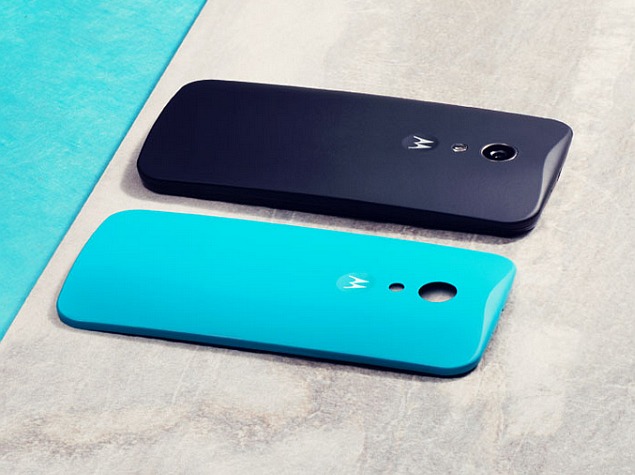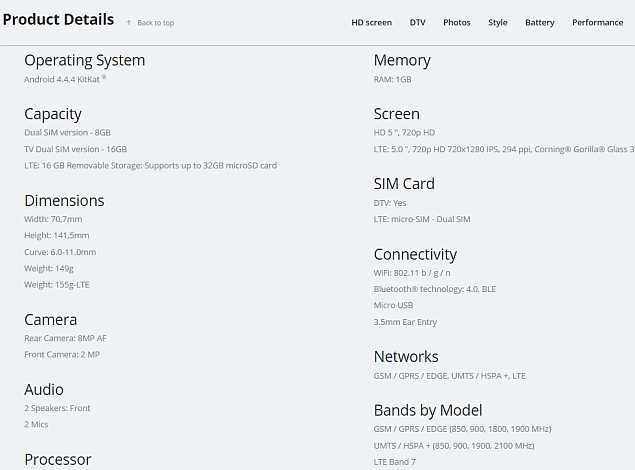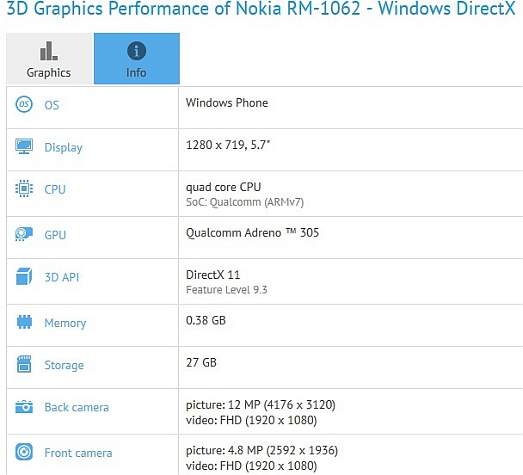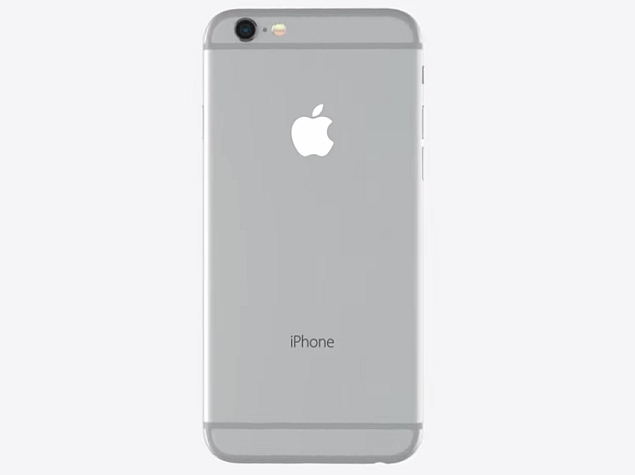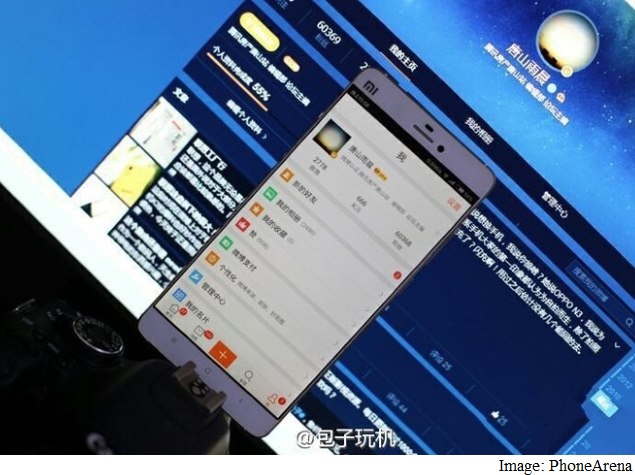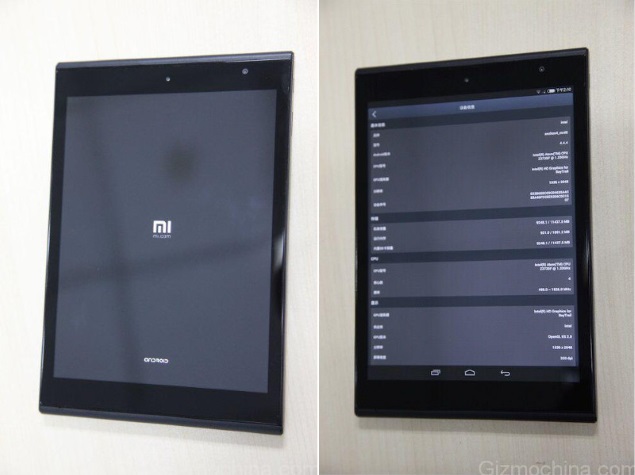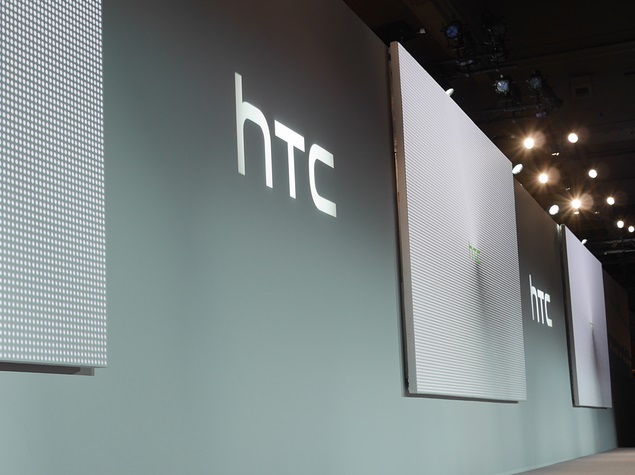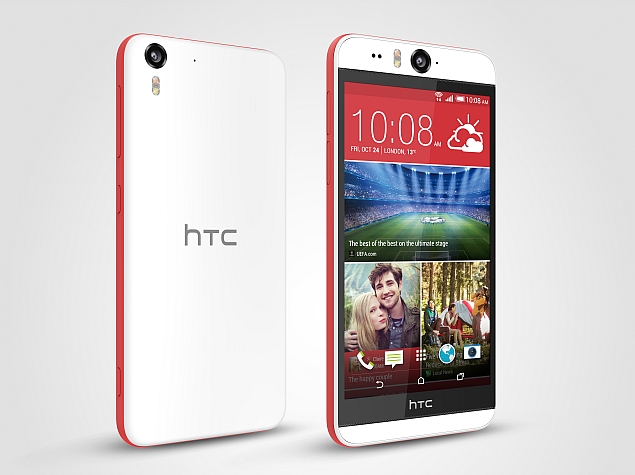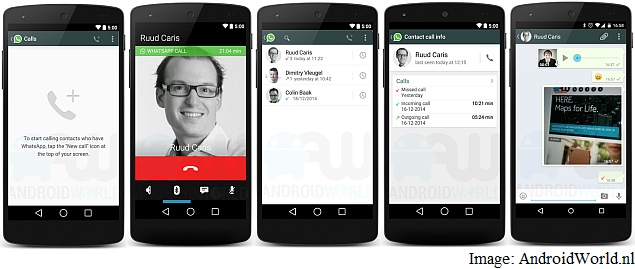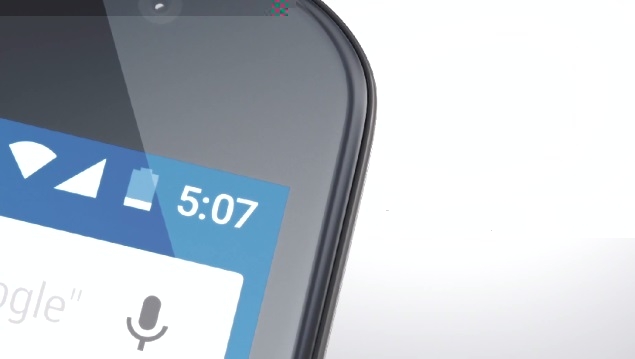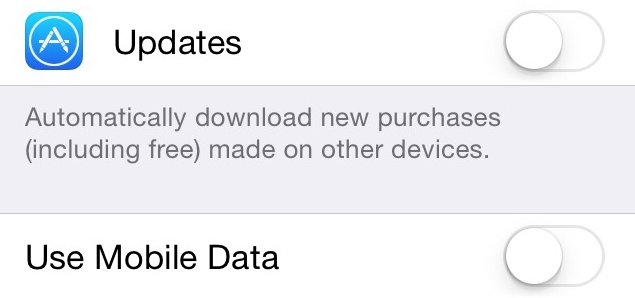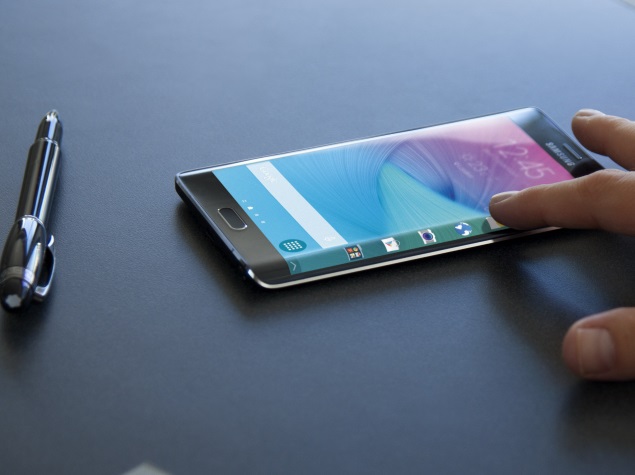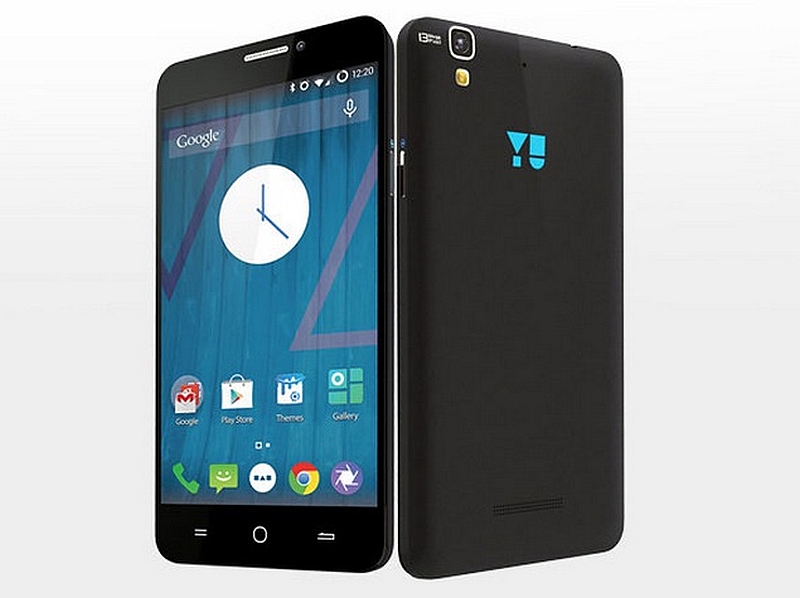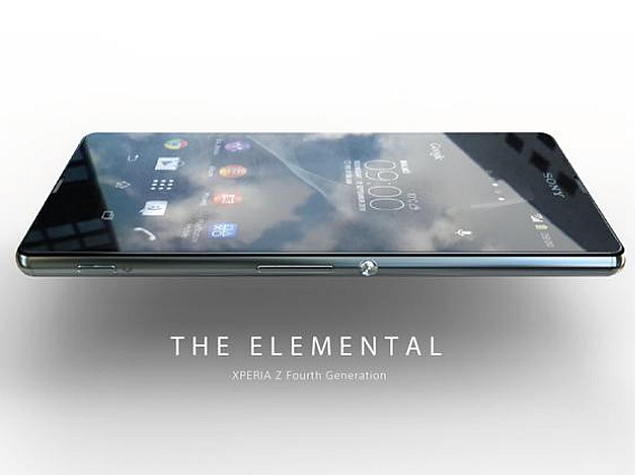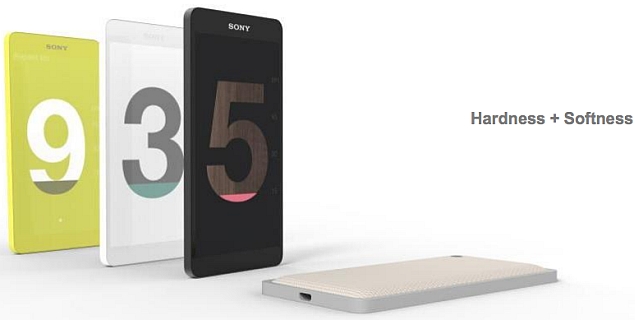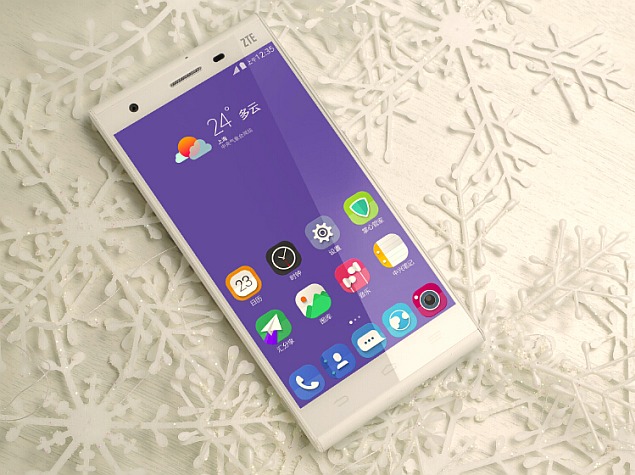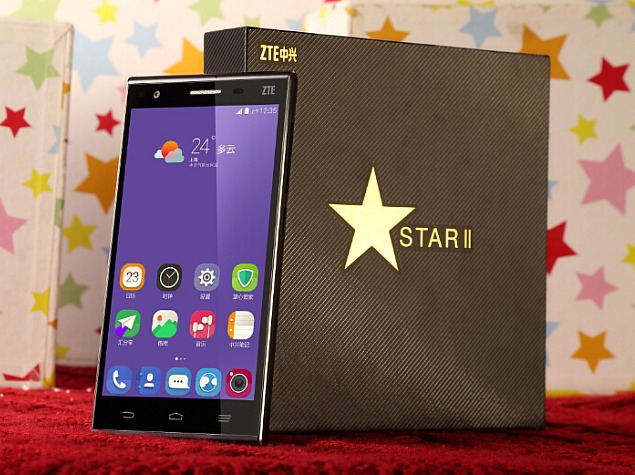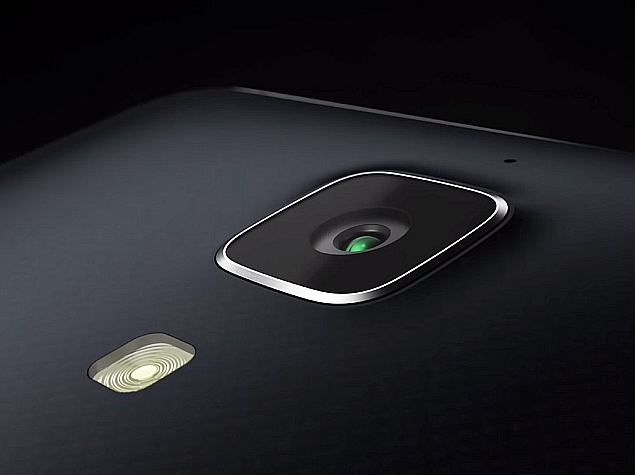 The much-awaited successor to the Xiaomi Redmi 1S (also tipped as the Redmi 2S) is expected to launch on January 4, with the firm uploading a poster for an event on that date ahead of CES 2015 event.
Reports speculate that the Xiaomi handset recently spotted on the Tenaa certification website and appeared to be the successor of the Redmi 1S with 4G LTE connectivity, might be the smartphone that will be launched on January 4 due to its resemblance.
The much-awaited successor to the Xiaomi Redmi 1S (also tipped as the Redmi 2S) is expected to launch on January 4, with the firm uploading a poster for an event on that date ahead of CES 2015 event.
Reports speculate that the Xiaomi handset recently spotted on the Tenaa certification website and appeared to be the successor of the Redmi 1S with 4G LTE connectivity, might be the smartphone that will be launched on January 4 due to its resemblance.
 Xiaomi, on its Weibo account uploaded a poster (via Gizmochina) that shows three women holding smartphones with a rear panel that matches the panel seen on the Redmi 2S' Tenna listing image.
As per the latest AnTuTu benchmarks and Tenaa listing, the anticipated Redmi 2S features a 4.7-inch HD display and runs on Android 4.4.4 KitKat. It is powered by a 1.2GHz quad-core Cortex-A53 LTE-enabled 64-bit Qualcomm Snapdragon 410 processor with Adreno 306 GPU, and features 1GB of RAM. Also, the rumoured Redmi 2S includes an 8-megapixel rear and 2-megapixel front-facing camera. The device is also understood to measure 134x67.21x9.2mm and weigh 132 grams, which is 26 grams less than the existing Redmi 1S.
The Tenaa listing additionally showed the handset to feature 8GB of internal storage expandable via microSD card (up to 32GB) and a 2200mAh battery. The dual-SIM phone is also listed to feature 4G LTE support on both SIM cards.
Xiaomi's recently leaked Arch smartphone with dual-edge display might also show up at the January 4 event. While there is no confirmation from the Chinese manufacturer about the Xiaomi Arch, the other two Xiaomi devices that are expected to launch soon are the Mi 5 or Mi 4S smartphone and the MiPad 2 tablet, which were both recently spotted in purported specifications and images.
Xiaomi, on its Weibo account uploaded a poster (via Gizmochina) that shows three women holding smartphones with a rear panel that matches the panel seen on the Redmi 2S' Tenna listing image.
As per the latest AnTuTu benchmarks and Tenaa listing, the anticipated Redmi 2S features a 4.7-inch HD display and runs on Android 4.4.4 KitKat. It is powered by a 1.2GHz quad-core Cortex-A53 LTE-enabled 64-bit Qualcomm Snapdragon 410 processor with Adreno 306 GPU, and features 1GB of RAM. Also, the rumoured Redmi 2S includes an 8-megapixel rear and 2-megapixel front-facing camera. The device is also understood to measure 134x67.21x9.2mm and weigh 132 grams, which is 26 grams less than the existing Redmi 1S.
The Tenaa listing additionally showed the handset to feature 8GB of internal storage expandable via microSD card (up to 32GB) and a 2200mAh battery. The dual-SIM phone is also listed to feature 4G LTE support on both SIM cards.
Xiaomi's recently leaked Arch smartphone with dual-edge display might also show up at the January 4 event. While there is no confirmation from the Chinese manufacturer about the Xiaomi Arch, the other two Xiaomi devices that are expected to launch soon are the Mi 5 or Mi 4S smartphone and the MiPad 2 tablet, which were both recently spotted in purported specifications and images.

The much-awaited successor to the Xiaomi Redmi 1S (also tipped as the Redmi 2S) is expected to launch on January 4, with the firm uploading a poster for an event on that date ahead of CES 2015 event.
Reports speculate that the Xiaomi handset recently spotted on the Tenaa certification website and appeared to be the successor of the Redmi 1S with 4G LTE connectivity, might be the smartphone that will be launched on January 4 due to its resemblance.

Xiaomi, on its Weibo account uploaded a poster (via Gizmochina) that shows three women holding smartphones with a rear panel that matches the panel seen on the Redmi 2S' Tenna listing image.
As per the latest AnTuTu benchmarks and Tenaa listing, the anticipated Redmi 2S features a 4.7-inch HD display and runs on Android 4.4.4 KitKat. It is powered by a 1.2GHz quad-core Cortex-A53 LTE-enabled 64-bit Qualcomm Snapdragon 410 processor with Adreno 306 GPU, and features 1GB of RAM. Also, the rumoured Redmi 2S includes an 8-megapixel rear and 2-megapixel front-facing camera. The device is also understood to measure 134x67.21x9.2mm and weigh 132 grams, which is 26 grams less than the existing Redmi 1S.
The Tenaa listing additionally showed the handset to feature 8GB of internal storage expandable via microSD card (up to 32GB) and a 2200mAh battery. The dual-SIM phone is also listed to feature 4G LTE support on both SIM cards.
Xiaomi's recently leaked Arch smartphone with dual-edge display might also show up at the January 4 event. While there is no confirmation from the Chinese manufacturer about the Xiaomi Arch, the other two Xiaomi devices that are expected to launch soon are the Mi 5 or Mi 4S smartphone and the MiPad 2 tablet, which were both recently spotted in purported specifications and images.


